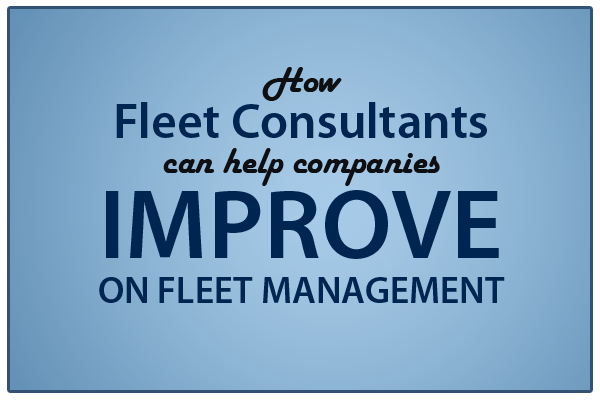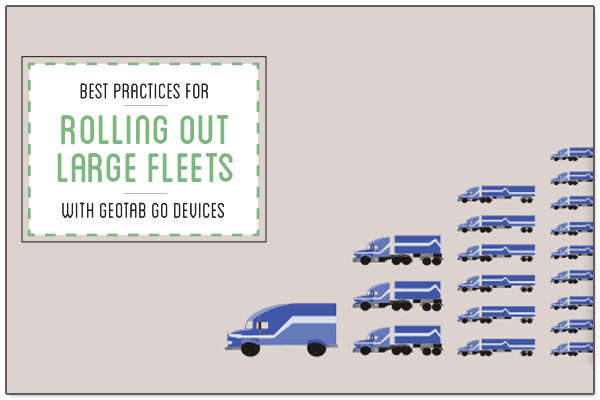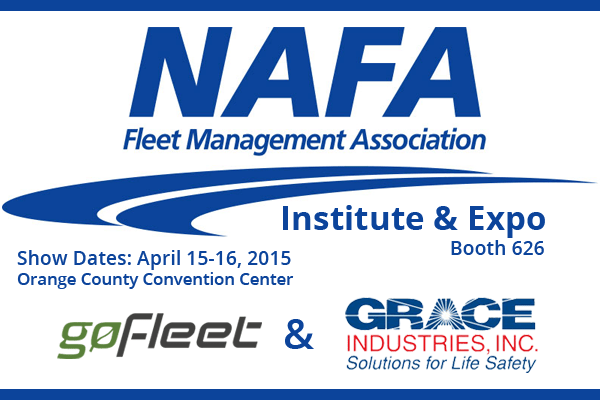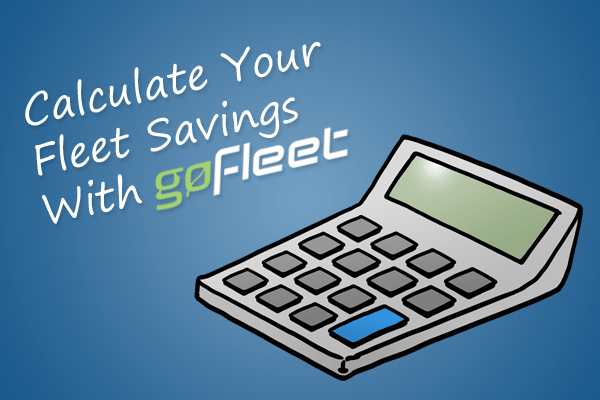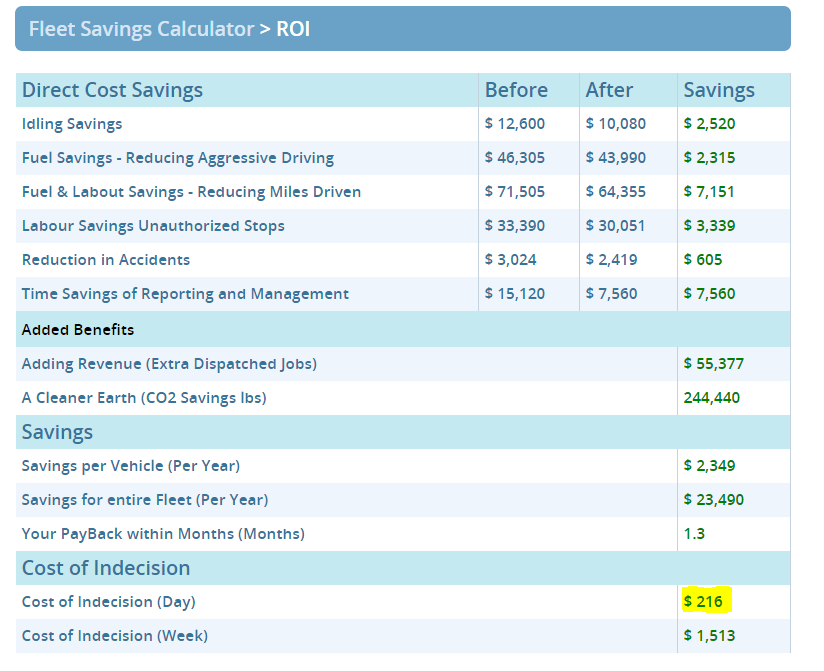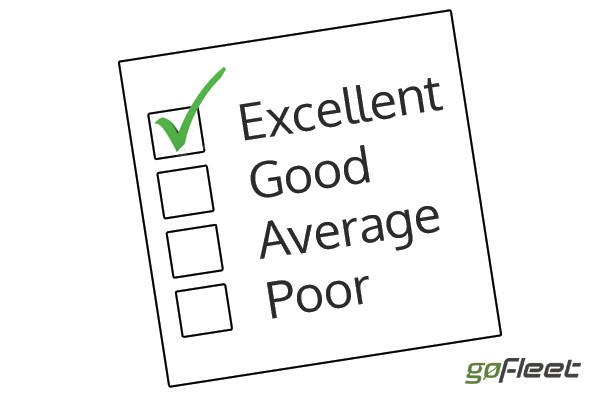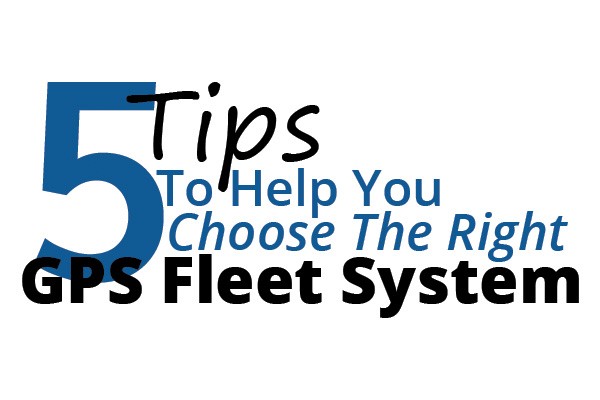Improving Your Company’s Customer Support
There are tons of companies out there that spend tens of thousands of dollars on promoting their brand. Unfortunately, customer support (which can often be the customers first contact with a company) doesn’t get the attention it deserves. Too many businesses make it overly complicated for customers to get the help they desire, ultimately creating a bad impression of the company as a whole.
To improve your customer and technical support services, take a look at these expert tips:
1. Cover All Channels, Based On Your Consumer
It’s not all about phone based support any more, which is why it’s important to make sure you cover all your bases. Phone support is a must but if your products and/or services are geared towards active social media users, you may want to offer support via your Twitter or Facebook account.
It is also important to offer options. Phone support is a must but what about offering email support or a support portal for those who may not have the time to sit on the phone with you to have their issue resolved? Get to know your customers and their needs, then determine the different channels they will most commonly use and benefit from.
2. Listen to Your Customers
Pay close attention to what they are writing or saying; give your customers the confidence that you will personally own and solve the issue at hand. People don’t like to passed around from one agent to another.
Do not use terms your customer won’t understand. Use plain English but be sure not to talk down to your customers, you want to be as straight forward and polite as possible.
3. Offer a Self-Service Option
If a customer can quickly find detailed answers to their problems all on their own, they’ll feel empowered and appreciate the information they were able to find without having to deal with customer support. Self-service can often be quicker than calling an agent over the phone, plus it frees up time for your support agents to focus on the bigger problems customers are having, not minor ones that have an easy fix.
Self-service is a good addition to phone, email and other support. You don’t want to make your customers feel like they have to solve their issues on their own, but it is a nice option to offer.
4. No One Likes Being On Hold
No one wants to be left on hold for more than about a minute or two, or they tend to get impatient and frustrated. If your support agent is unable to resolve the issues in a timely manner while on the phone with the customer, simply tell the customer you will be looking into this issue and call back when you have a resolution.
5. Use a Multichannel Ticket Management System
If you have multiple channels for support (which is recommended) it is important to have a ticket system in place to keep track of all support issues in once place. For example, if a customer emails you, you should have the ability to turn that email into a support ticket to stay on top of all incoming queries and answering them in a timely manner.
6. Hire Awesome Reps
Your support staff basically demonstrate to your consumers who you are as a company. Your agents should be patient with your customers and really find a joy in helping people. You can’t preach about the importance of keeping your customers happy and then offer a poor and unreliable experience.
7. Have Enough Reps, Especially During Peak Times
Make sure you have enough reps to effectively deal with your customer base. As your business grows, your support team should grow.
If your business is busier at certain times of the year, you may need to hire some more reps at that time to manage your support successfully.
Sources
CIO.com: 11 Tips for Improving Your Company’s Customer Support




